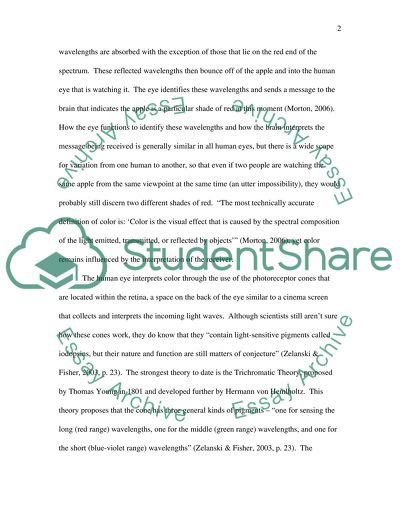Cite this document
(“Color Theory, Management and/or Perception Essay”, n.d.)
Color Theory, Management and/or Perception Essay. Retrieved from https://studentshare.org/miscellaneous/1547675-color-theory-management-andor-perception
Color Theory, Management and/or Perception Essay. Retrieved from https://studentshare.org/miscellaneous/1547675-color-theory-management-andor-perception
(Color Theory, Management and/Or Perception Essay)
Color Theory, Management and/Or Perception Essay. https://studentshare.org/miscellaneous/1547675-color-theory-management-andor-perception.
Color Theory, Management and/Or Perception Essay. https://studentshare.org/miscellaneous/1547675-color-theory-management-andor-perception.
“Color Theory, Management and/Or Perception Essay”, n.d. https://studentshare.org/miscellaneous/1547675-color-theory-management-andor-perception.


